Critical Corner: A Streetcar Named Desire, Animal
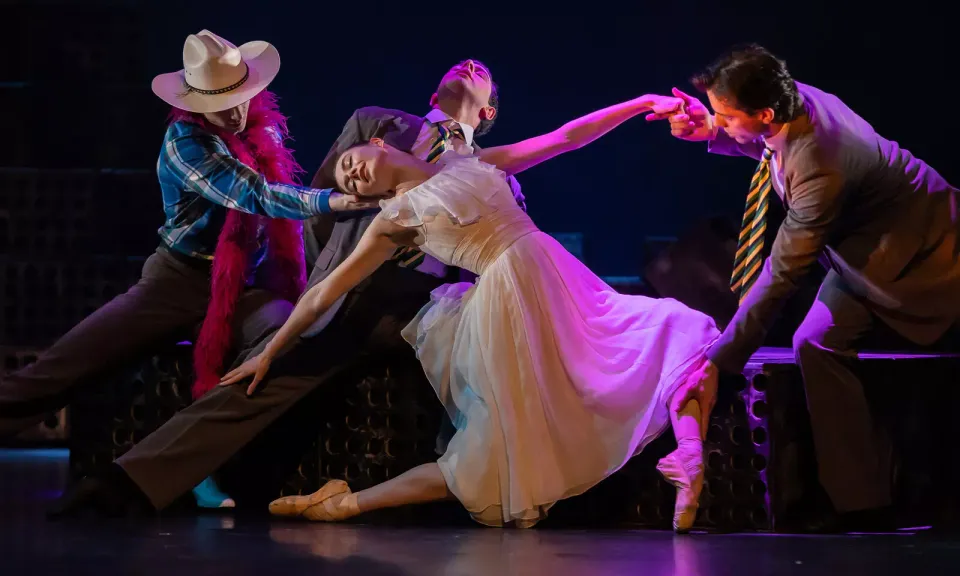
In this edition of Critical Corner, reviews of Te Ahurei Toi o Tāmaki Auckland Arts Festival shows A Streetcar Named Desire and Animal.
I’ve never really understood ballet. I appreciate the physical precision and the spectacle of it - there are still so few chances to get to see real money, like mortgage money, spent on the stage in Aotearoa - but the actual artform remains a bit opaque to me. I don’t understand the elements or how they come together to tell a story, beyond some of the crossovers between dance and theatre.
A Streetcar Named Desire, as adapted from Tennessee Williams’ all-timer play by the Scottish Ballet, is the first time I’ve really understood ballet. It helps that I’ve got more than a passing familiarity with the source text (read: I love it), and it also probably helps that Streetcar has as sturdy a backbone as any contemporary narrative; it can stand up to a lot of interpretation and adaptation. To simplify it massively for the unfamiliar: it is the story of Blanche DuBois, a disgraced widow fallen from grace, who finds a hard landing in the household of her sister Stella and her husband Stanley. Blanche’s fraying mental state and her delusions of high class clash with the hyper-masculine and hyper needy Stanley, to horrible results. It’s a testament to Streetcar as a whole that even when you take away the strongest weapon in Williams’ arsenal - his dialogue - this story stands strong.
It is perhaps Williams’ protagonist that lends herself best to ballet. As played by Roseanna Leney, she is fragile but wanton, shattered and only just pulling herself together. Leney seems driven by something completely external from her, seemingly literally at the whims of her desires. Any version of Streetcar lives and dies on its Blanche, and this one absolutely thrives on its Blanche.
Even if Leney wasn’t as great as she was, the rest of this production, as adapted by Nancy Meckler and Annabelle Lopez Ochoa (directed by the former, choreographed by the latter), is full of those moments that would be striking in any live artform. Blanche’s entrance, after a prologue that makes Blanche’s backstory into, well, presentstory, is features her stepping across suitcases. Her dead husband, with blood spreading under her shirt, steps in and out of her consciousness. The one lightbulb in the Kowalski household swings above them, drawing Blanche like the saddest moth to the most unfortunate flame.
The kindest thing I can say about Streetcar is that even after having read the play, seen the play, seen the film, and absorbed as many versions of the story as possible, this version made me understand it even better. It made me understand that Blanche’s descent into madness was more an inevitability, be it her circumstances or the people that she was drawn to, than a series of choices. That’s the point of a great adaptation - it helps you understand something more. That I walked away from this understanding both something I think I know very well, and something I don’t understand very well at all, is another one of the main treats of the festival. It goes without saying: This is one of the best of the fest.
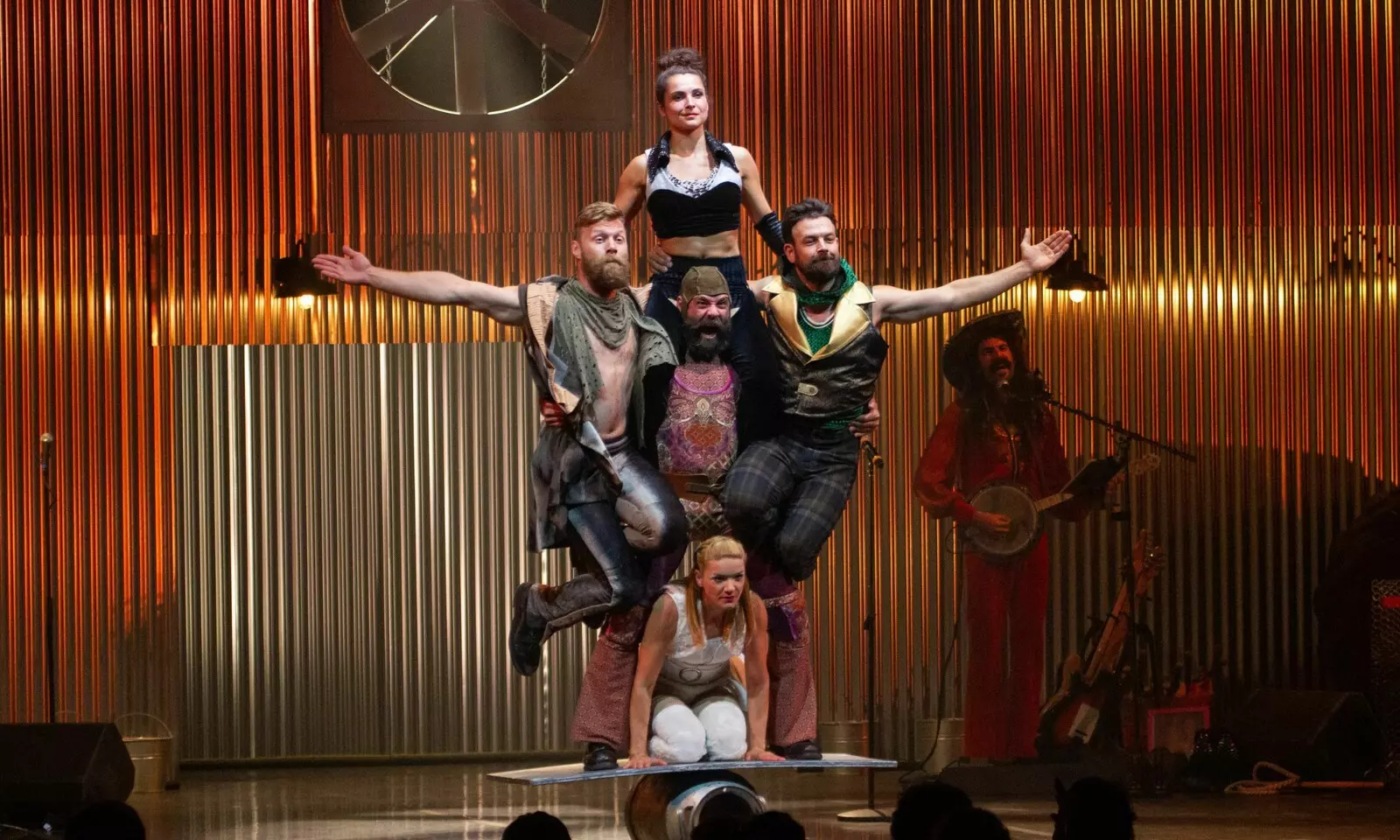
It feels strange to follow up Streetcar – a haunting and harrowing experience – with Animal, which couldn’t be more full of joy. Sometimes a great time at the theatre is not about deep thought, but about having the best time for 75 minutes (I’d argue not enough times at the theatre are about guaranteeing the audience “the best” time, but I digress).
If you have the privilege of seeing a lot of it, it can be extremely easy to become jaded by circus, especially if you have a little but not a lot of understanding of the work that goes into it. The first time you see a body do things you’ve never seen it before, it’s amazing. The second time, it’s impressive. But these acts, unfortunately, have diminishing returns. It’s no shade on the performers, and all shade on the stupid fallibility of the human brain.
It’s a massive point in its favour that Animal never loses that initial hit. For a full 75 minutes, it remains impressive. Full credit to Cirque Alphonse for a show concept - essentially the troupe plays a bunch of farmers, animals, and perhaps assorted farm equipment - that allows them to create their own sense of fun, sustained and consistent. A band keeps the energy going in between acts. Smiles are constant, as is movement. It’s a concept that appeals to pretty much anybody who is in for a good time, regardless of age or language, as the few words in the show are, understandably, in French.
Describing circus acts in words feels immediately like damning with faint praise. Even the climactic act of the show - involving an impressive feat of balance upon a mechanical bull - doesn’t sound particularly amazing when put down in words. Hell, even still images don’t really do justice to the artform. Circus lives when you’re in the same room as the performer, when you’re breathing the same air, and can sense the kind of risk. There’s no risk in a recollection, be it in words or in imagery. So trust that the circus involved in Animal is excellent, and the show impeccably crafted without a single dull moment or dud act amongst them.
The thing I can speak to is the euphoria Animal instigated in me. It’s a thing that theatre can do, ever so rarely, but great circus can do consistently, and successfully. The euphoria you feel when you see somebody attempt something that is genuinely risky is unique, as is the euphoria seeing them pull it off. It’s something more than joy. It’s beautiful in its own way, and just as worthy as the beauty of Streetcar is.
A Streetcar Named Desire and Animal run as part of Te Ahurei Toi o Tāmaki Auckland Arts Festival until March 23.
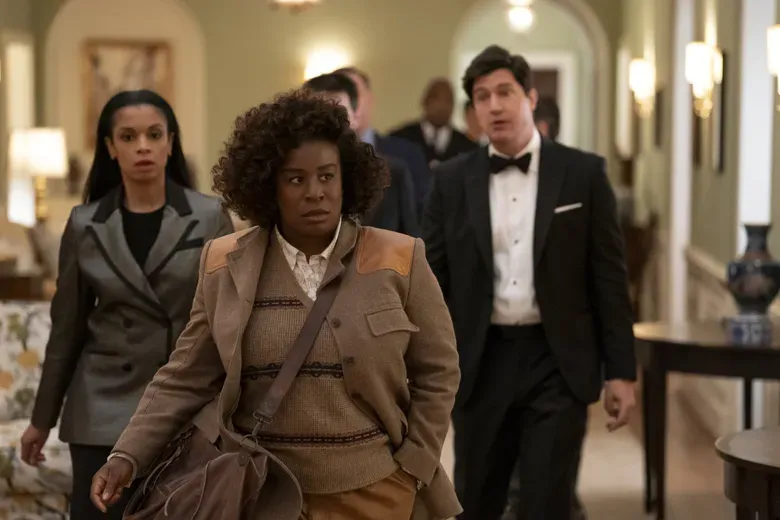
Other Things I’ve Consumed
- I’m two episodes into Netflix’s The Residence, which is Shondaland’s take on Knives Out with Uzo Aduba in the Benoit Blanc role. I stan Uzo in everything, so I’m already in the bag for this, but a stacked ensemble (Jane Curtin, Ken Marino, Randall Park, Giancarlo Esposito, Susan Kelechi Wilson, Kylie Minogue (yes)) make it worth it.
- I just read God of the Woods by Liz Moore, which, despite an incongruous title, is a hell of a time. It’s about a summer camp in the USA back in 1975, where a young girl goes missing – twenty years after her brother went missing in the area. It’s a yarn!
- If you’re into niche, dumb, queer humour, can I recommend this parody of Tabatha Takes Over by Novympia?
Things to Read
- Once again, Madeleine Holden aces it, with her essay of what it was to be online during a very specific time. I can relate to this a bit, as someone who got my first proper journalism gig not due to any qualifications, but due to some unhinged and opinionated tweeting!
Self-Promo
- If you’ve got a kid and want them to do cool performance-related things during the April holidays, can I recommend checking out the National Youth Drama School? A bunch of amazing people are teaching, and I am also teaching (playwriting!).
Writing and reporting takes time, and if you want to support the amount of time it takes (and ensure that the scant amount of meaningful coverage of local art can continue), please considering supporting Dramatic Pause with a paid subscription ($8 p/m, $60 p/a) and if you can't afford a paid subscription, please share the work with your networks!


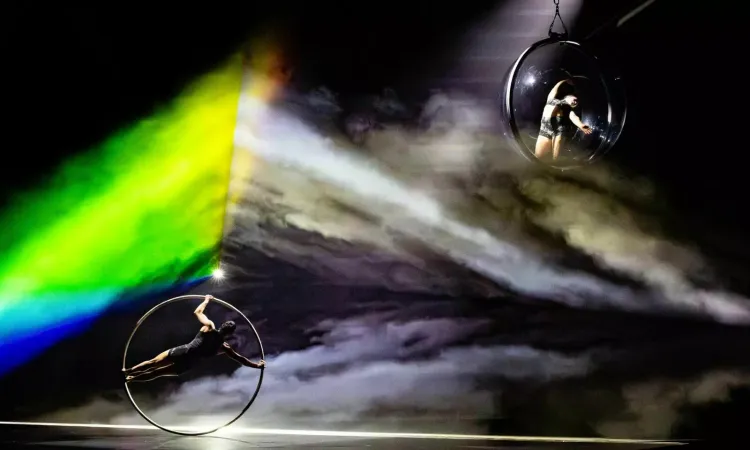

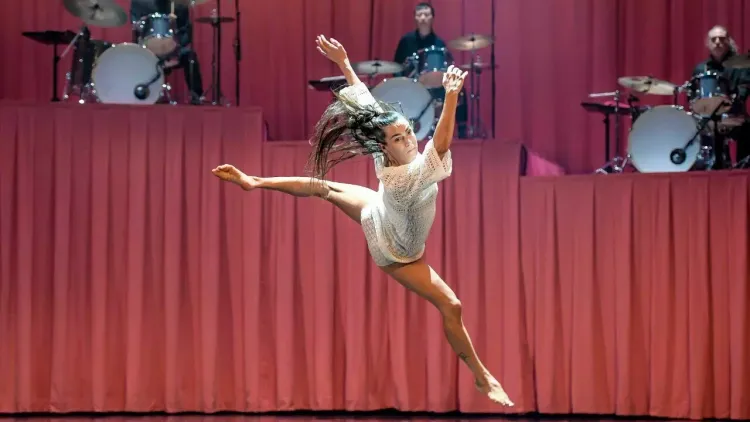
Member discussion